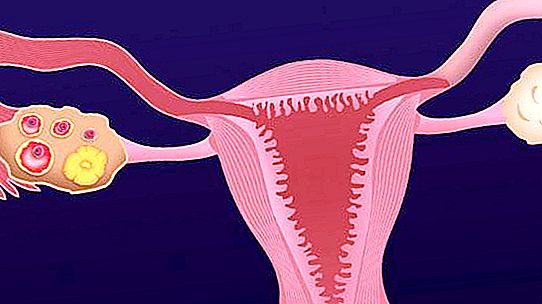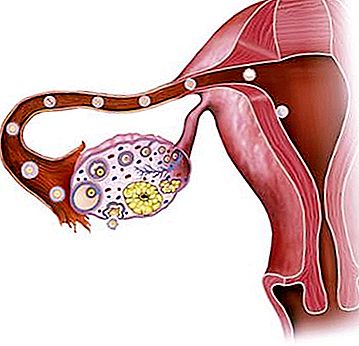In the female body during the month there are many changes that are associated with the work of the reproductive system. For example, 10-16 days before the onset of menstruation, after ovulation, the luteal phase of the cycle begins.

The menstrual cycle is divided into two main phases: before ovulation - follicular and after it - luteal. The phase preceding ovulation can last a different time period, and not only in different women, but also in each of them. As a rule, it is this phase that determines the duration of the entire cycle, and the delay of menstruation depends on it, since the phase of the corpus luteum is almost always unchanged.
Corpus luteum phase
The luteal phase of the cycle can normally last 12-16 days, but generally lasts no more than fourteen days. If the corpus luteum does not function sufficiently, then a shortening of the luteal phase is possible. It should be noted that this feature of the body may be one of the reasons for miscarriage in the early stages. This problem can only be diagnosed by ultrasound and a blood test for progesterone. Thus, the luteal phase is determined, what day of the cycle and the level of the hormone in the woman’s body is normal.
As a rule, after establishing the cause and treatment of the primary disease, the level of progesterone in the body normalizes. But in some cases, a woman is prescribed progesterone preparations and stimulation of the corpus luteum with drugs containing chorionic gonadotropin.
During pregnancy or in the presence of a yellow body cyst, the duration of the luteal phase may increase. Basically, treatment in this case is not required, such a cyst passes without intervention.
What is characterized by the luteal phase of the cycle
The corpus luteum phase begins immediately after ovulation. The release of luteinizing hormone during this period of the menstrual cycle stops, and the corpus luteum begins to function in the follicle from which the mature egg comes out. The production of the hormone progesterone and the normal development of pregnancy depend on it. From the moment of ovulation, the rate of progesterone ranges from the lowest value - 6.99 to the highest value - 56.63 n * mol / L. This is the luteal phase of the cycle. The day on the seventh progesterone begins to accumulate, and its level gradually decreases by the beginning of the next menstruation.

During the same period, the uterine lining will actively grow in the uterus. In the first half of the menstrual cycle, its active growth is noted due to an increase in the level of hormones, but after the arrival of ovulation, it becomes more dense and absorbent. Due to this, a fertilized egg, falling into the uterus, can freely invade this uterine layer.
The luteal phase of the cycle is a kind of waiting mode in which the body is located. He is ready to bear the baby and produces hormones that will help maintain the embryo in the first few weeks after fertilization. But if by about the tenth day a fertilized egg is not implanted in the uterus, then the corpus luteum begins to die off a little, the level of progesterone decreases, the uterine lining is rejected and menstruation begins.




